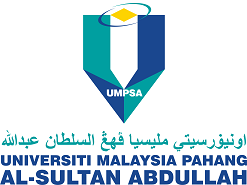Types of Linguistic Error on Mandarin Time Phrase Construction among Malay Learners
DOI:
https://doi.org/10.15282/ijleal.v2.459Keywords:
Mandarin time phrase, Numeral phrase constructionAbstract
Aligned with the economic development in China, Mandarin has been made popular worldwide. The ninth Malaysian plan (2006-2010) has strongly substantiated the need of Mandarin to be introduced as a foreign language elective course in public institutions of higher learning. Due to the fact that numerical phrases play a prominent role in daily lives, the main aim of this study is to explore the construction of Mandarin time phrase among Malay learners. A total of 40 Malay students who registered in Mandarin for Beginners course took part in this study. A test which consisted of 10 questions covering construction of time phrase was administered to the students. Grammatical description and frequency analysis were employed, and the results showed five types of linguistic error committed by the students in constructing Mandarin time phrase: (1) error in words usage, (2) confusion of numbers, (3) Hanyu Pinyin errors, (4) structural errors and (5) omissions of words. The factors influencing students in the construction of Mandarin time phrase include students‟ attitude, different structures between Mandarin and Malay, language transfer from native language and lack of learning time. Accordingly, this study sheds light on Mandarin teachers in improving academic performances of Malay students in conceptualizing and mastering Mandarin time phrase



